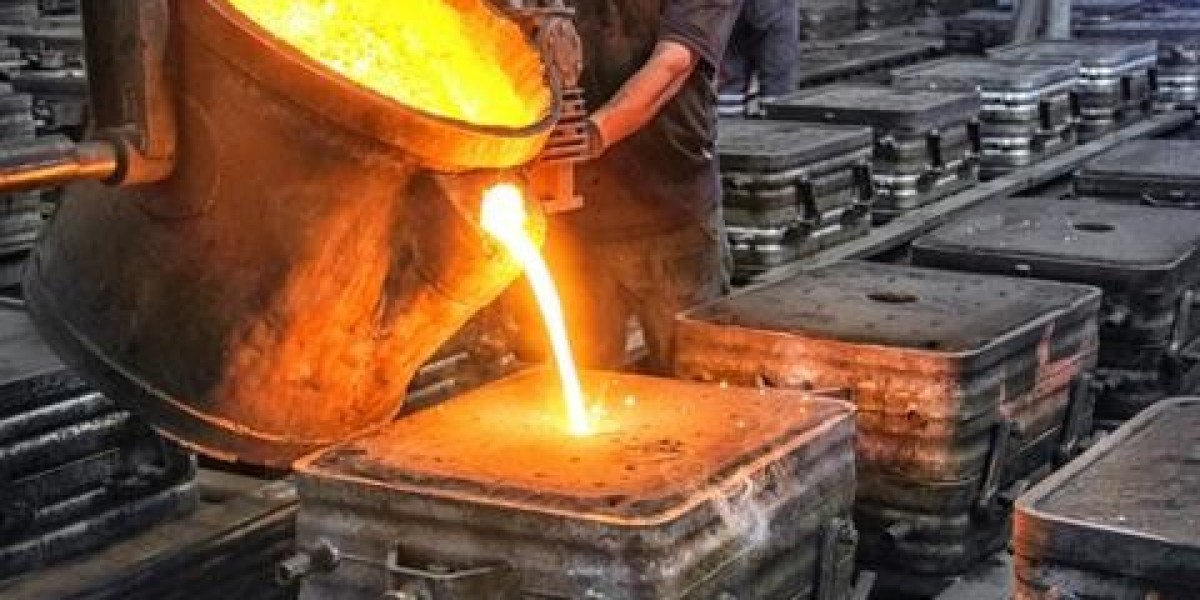Casting manufacturing is a versatile process used across various industries to create intricate and precise components. From automotive parts to artistic sculptures, casting allows for the production of complex shapes with remarkable accuracy. This guide aims to provide a detailed overview of the casting manufacturing process, covering everything from material selection to finishing techniques.
Material Selection:
- The choice of material is crucial in casting manufacturing. Common materials include metals like aluminum, iron, and steel, as well as non-metallic substances such as plastics and ceramics.
- Considerations for material selection include mechanical properties, cost, melting temperature, and environmental factors.
- Conduct thorough research and testing to determine the most suitable material for the intended application.
Pattern Making:
- Patterns are replicas of the final part and are used to create the mold. Patterns can be made from wood, metal, or plastic, depending on the complexity and size of the component.
- Employ computer-aided design (CAD) software and 3D printing technologies for intricate and precise patterns.
- Ensure that patterns are dimensionally accurate and properly finished to avoid defects in the final casting.
Mold Preparation:
- Molds are created by enclosing the pattern with a refractory material such as sand, plaster, or metal.
- Green sand casting, investment casting, and die casting are among the most common mold preparation methods.
- Pay attention to mold design, venting, and gating systems to facilitate the flow of molten metal and minimize defects like porosity and shrinkage.
Melting and Pouring:
- Melting furnaces are used to heat the selected material to its liquid state. Temperature control is critical to achieve the desired metallurgical properties.
- Pouring techniques vary depending on the casting method and geometry of the part. Gravity pouring, centrifugal casting, and vacuum casting are some common techniques.
- Exercise caution during pouring to prevent metal splash, gas entrapment, and other safety hazards.
Cooling and Solidification:
- After pouring, the molten metal inside the mold undergoes cooling and solidification.
- Proper cooling rates are essential to achieve uniform grain structure and minimize internal stresses.
- Post-solidification treatments such as annealing or quenching may be required to further refine the material properties.
Finishing Operations:
- Once the casting has cooled, it undergoes various finishing operations to remove excess material, smooth surfaces, and achieve dimensional accuracy.
- Machining, grinding, sandblasting, and heat treatment are common finishing techniques employed in casting manufacturing.
- Quality inspection is conducted to ensure that the final product meets specifications and standards.
Conclusion: Casting manufacturing is a sophisticated process that demands precision, expertise, and attention to detail. By following the steps outlined in this guide, manufacturers can produce high-quality cast components that meet the stringent requirements of modern industries. Continuous innovation in materials, technologies, and techniques further enhances the capabilities and efficiency of casting manufacturing processes.







